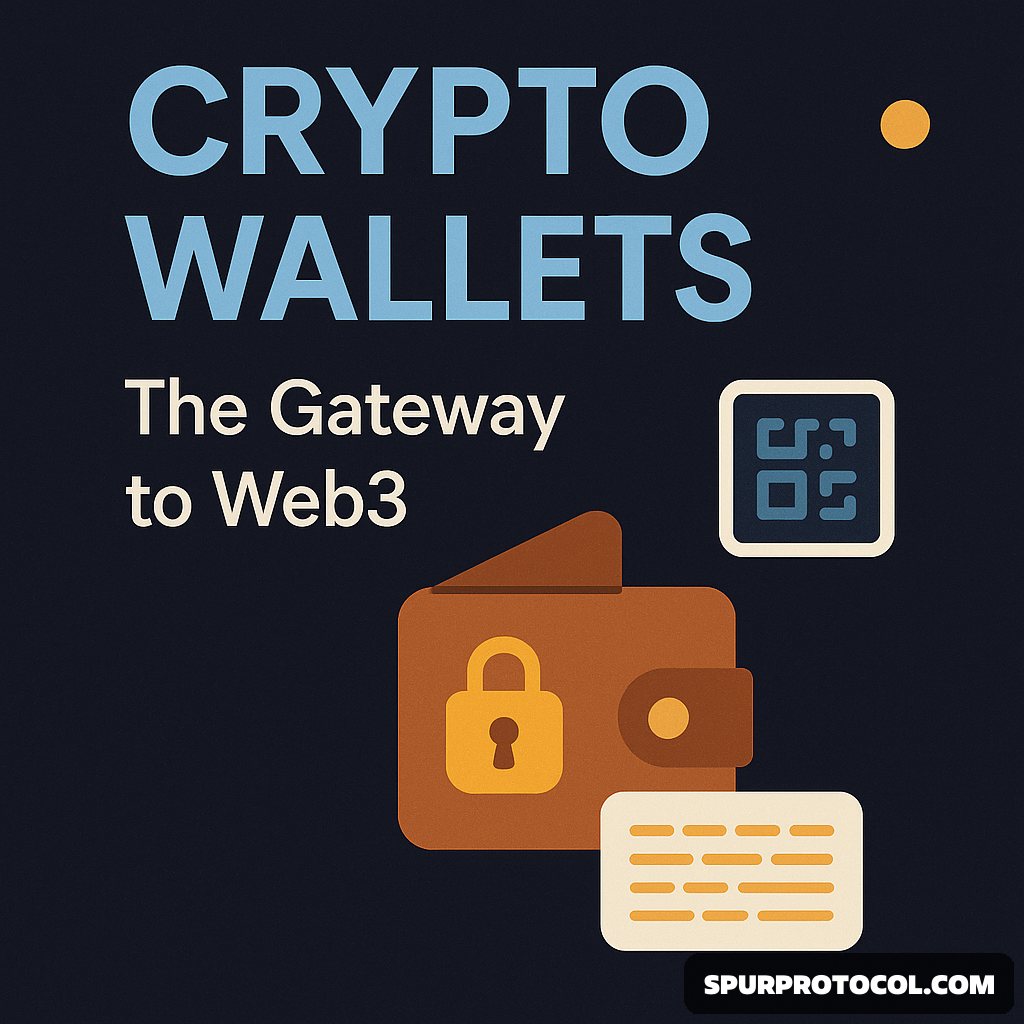Crypto Wallets Made Simple - Your First Step Into Web3
Before you trade ,mint or earn you need a wallet - but not just any wallet. Learn the types , how they work and why protecting your keys is protecting your future.
Go Back

🕒 6:49 AM
📅 Jun 26, 2025
✍️ By laniyi1221
Crypto Wallet - the gateway to web3.
Before you can buy, trade, or interact with anything in crypto, you need a wallet. But don’t let the name confuse you — a crypto wallet doesn’t actually store your coins. What it holds are your private keys — the digital passwords that prove ownership of your assets on the blockchain.
There are two main types of wallets: hot wallets and cold wallets.
Hot wallets are connected to the internet. They’re fast, convenient, and great for daily use. Popular examples include MetaMask, Trust Wallet, and Coinbase Wallet. They’re perfect for interacting with dApps, buying NFTs, or moving tokens quickly.
Cold wallets, on the other hand, are offline. They offer stronger protection because they can’t be hacked over the internet. Think of hardware devices like Ledger or Trezor. They’re best for long-term storage of large amounts of crypto — like your savings account.
So, what makes up a wallet? A typical wallet has:
A public address — what people send crypto to.
A private key — what gives you control over the assets.
A seed phrase — a 12- or 24-word backup that lets you recover your wallet if lost.
Never share your seed phrase. If someone has it, they have your entire wallet.
Your wallet is your identity in Web3. It’s how you connect, trade, vote, earn, and participate in decentralized platforms. If you're serious about crypto, learning how wallets work isn’t optional — it’s the first step.
